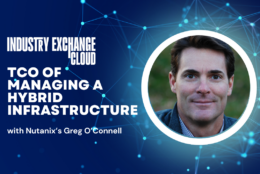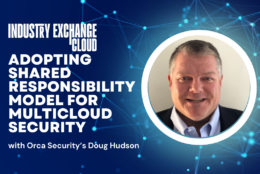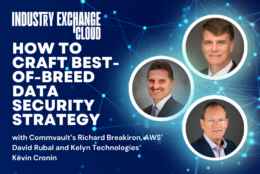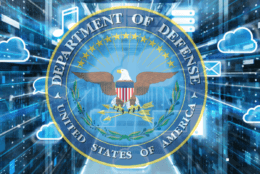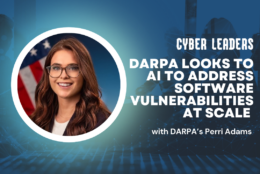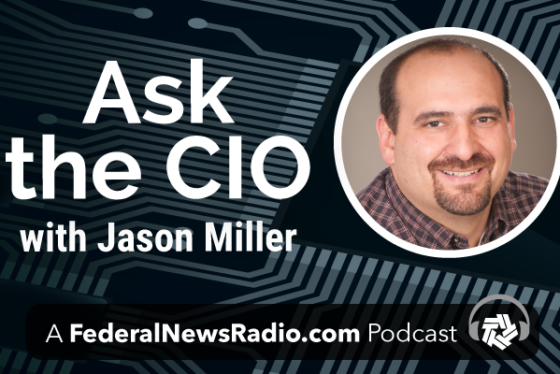Cloud Computing
-
Don’t fall prey to cloud sticker shock! As agencies expand their hybrid infrastructures, gaining visibility and managing across multiple cloud services providers becomes a critical factor in understanding and controlling total cost of ownership.
November 03, 2023 -
As you continue to evolve your agency’s hybrid multicloud infrastructure, how are you defining the role of your team and your CSP when it comes to specific cloud security needs? Find out how a shared responsibility model can help.
November 02, 2023 -
Increasingly, AI will be available on demand: “You’re going to see more of those services really built into the cloud, making it much easier for folks that are already using cloud providers to consume AI as a service,” explains Pluralsight’s Drew Firment.
November 02, 2023 -
Agencies need to apply much of the common sense learned from securing data on premise to securing it in the cloud. We get tips from a panel of experts from Commvault, AWS and Kelyn Technologies.
November 02, 2023 -
Drew Myklegard, the deputy federal chief information officer, said the draft memo to update FedRAMP creates a new oversight board and promotes agencies from similar sectors working together approve cloud services.
October 27, 2023 -
Gabe Camarillo, the undersecretary of the Army, said to create a culture of continuous improvement, the Army needs to institutionalize how it buys, develops and continually improve its applications.
October 26, 2023 -
The rollout is one of DoD’s first large-scale forays into cloud computing at the secret level, and will also consolidate and replace an aging patchwork of tools senior leaders have been using to discuss classified information for years
October 20, 2023 -
Leo Garciga, the Army’s new chief information officer, said accelerating systems move to the cloud, improving the use of DevSecOps and managing and using data better are among his top priorities.
October 09, 2023 -
In a hybrid, multicloud world, how can your agency deliver services effectively, efficiently and securely?
October 04, 2023 -
Computational chemistry may not be at your top concern, but in reality, it's a key to solving some of the world's biggest problems. It takes a massive amount of computing power, something not everyone has had access to until now. The Pacific Northwest National Laboratory (PNNL) is collaborating with Microsoft Corp. and Micron Technology to make computational chemistry broadly available to applied researchers and industrial users. For more, Federal News Network's Eric White spoke with the PNNL scientist leading the effort, Karol Kowalski.
October 04, 2023 -
The 16th version of the Federal IT Acquisition Reform Act (FITARA) scorecard from Congressman Gerry Connolly (D-Va.) revealed two new pilot categories measuring the move to cloud and CIO authorities.
September 26, 2023 -
The Defense Advanced Research Projects Agency has launched two programs — one a challenge offering $4 million to the top winner — aimed at evolving the use of AI to secure software. We get the details from DARPA’s Perri Adams.
September 15, 2023 -
Lt. Gen. Robert Skinner, DISA’s director and commander of the Joint Force Headquarters-Department of Defense Information Network (JTF-DoDIN), said the agency is undertaking three separate tests of tools to better protect internet boundaries.
September 08, 2023 -
Is quantum computing the next big thing or forever in the future? The answer lies in whether there's a practical way to make the crucial components for quantum computers. Now they require expensive, bulky and energy-intensive super-cooling, like to nearly absolute zero.
September 06, 2023 -
Explore the benefits, data security implications and strategies for managing complex edge systems. Our new ebook highlights how NOAA and VA aim to better serve users everywhere and shares real-world best practices from Red Hat experts.
September 06, 2023

